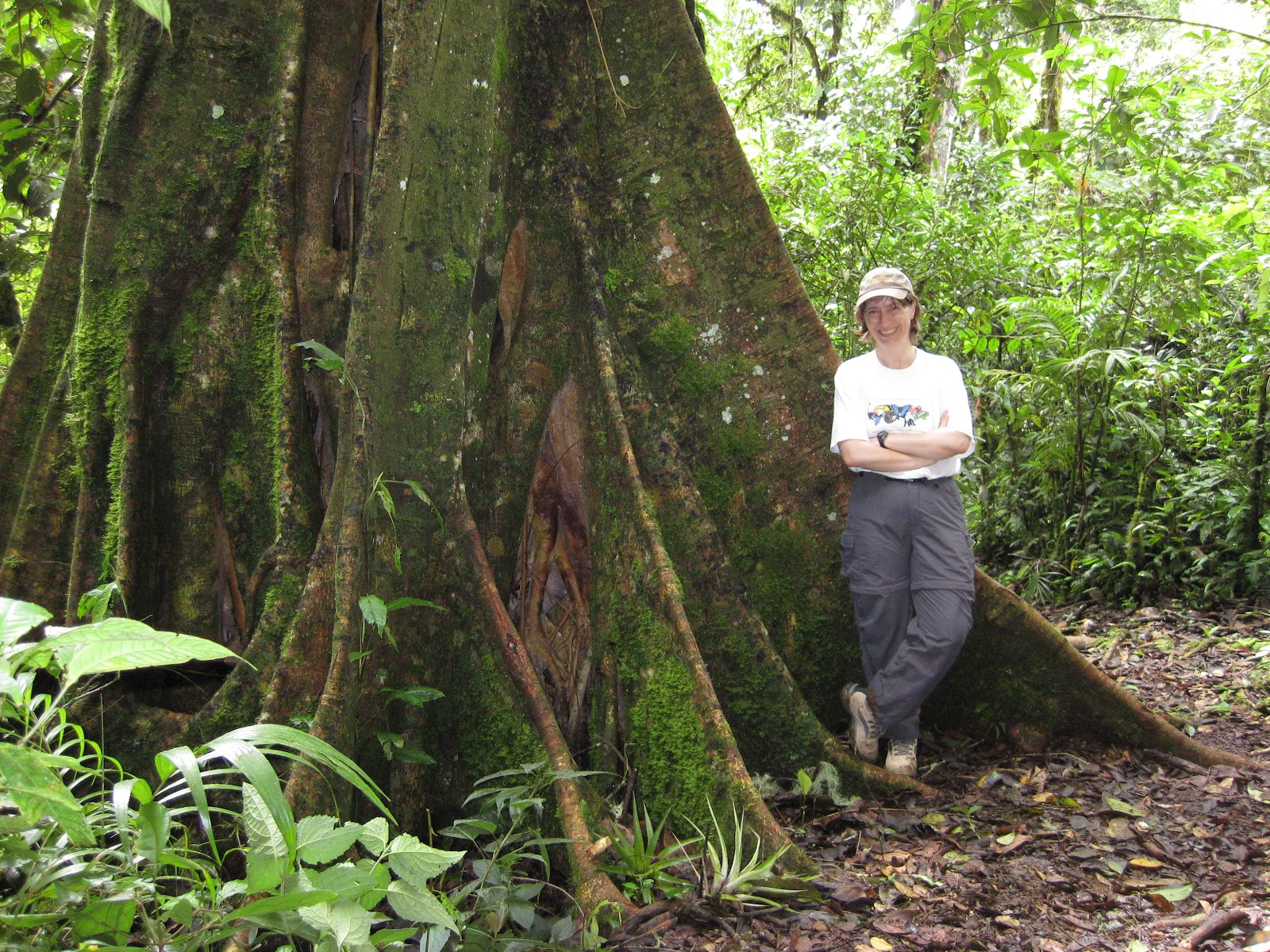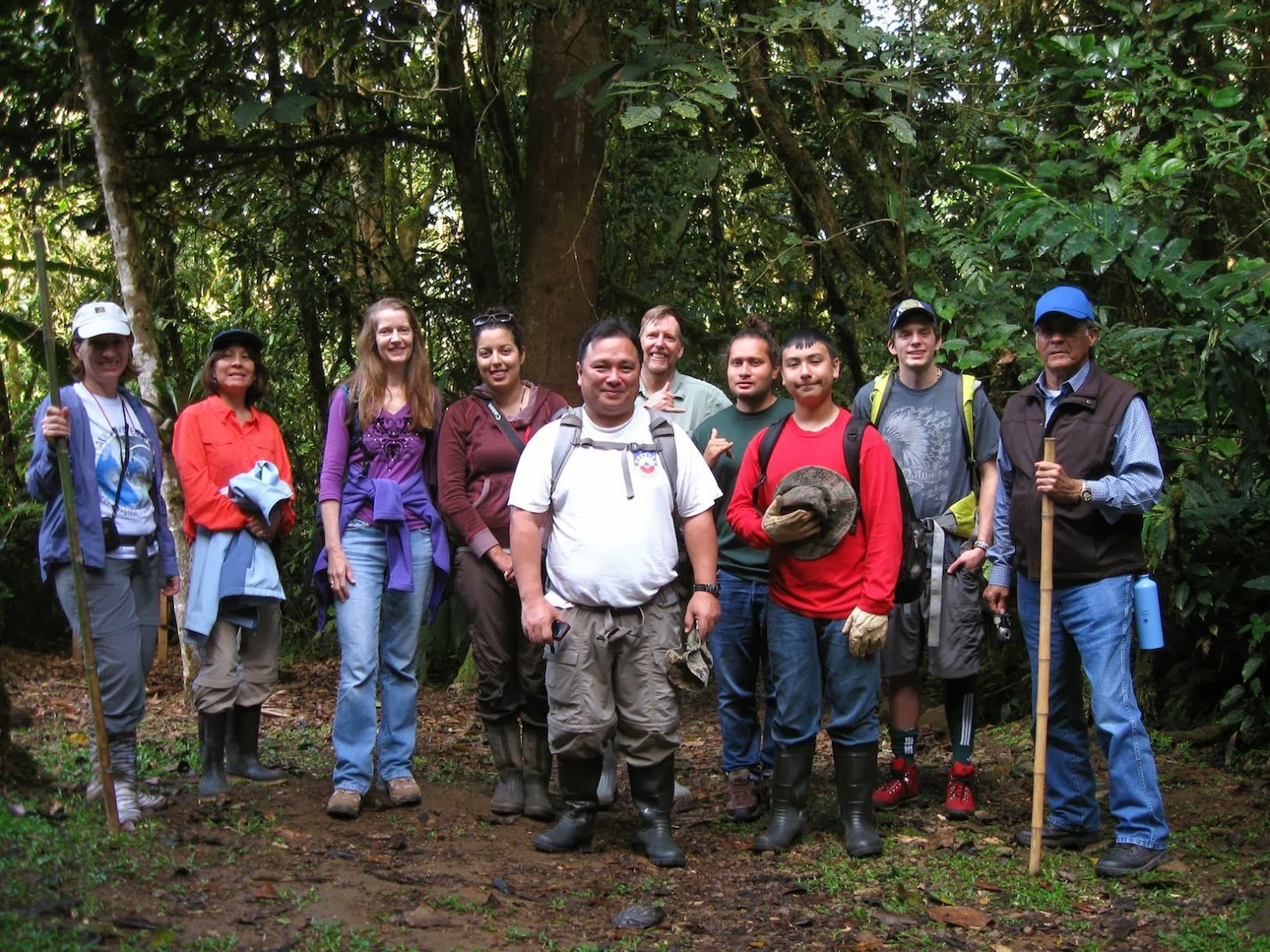I'm delighted today to welcome author Will Hahn, as part of his blog tour for the new release
Judgement's Tale from
Games of Chance.
Will Hahn has been in love with heroic tales since age four, when his father read him the
Lays of Ancient Rome and the
Tales of King Arthur. He taught Ancient-Medieval History for years, but the line between this world and others has always been thin; the far reaches of fantasy, like the distant past, still bring him face to face with people like us, who have choices to make.
Will didn't always make the right choices when he was young. Any stick or vaguely stick-like object became a sword in his hands, to the great dismay of his five sister. Everyone survived, in part by virtue of a rule forbidding him from handling umbrellas, ski poles, curtain rods and more.
Will has written about the Lands of Hope since his college days (which by now are also part of ancient history). With the publication of
Judement's Tale Part One, Games of Chance, he begins at last to tell the tale of the Land's most unique hero, The Man in Grey.
I've never had a post about writing fight scenes on this blog, so I've asked Will to do one as part of his tour.
Will is also raffling off a FREE copy of
Tales of Hope, so make sure you enter the giveaway for a chance to win a great read.
Worth Fighting For: How to Write Combat
When Karin first asked me to do this post I was quaking with
excitement. Ancient-Medieval History major, military history nut, figurines on
my shelves, cardboard counter wargames all over the table, maps on the walls.
I’m the guy your mom didn’t need to warn you about- you could warn yourself
just fine. I know the difference between a mace and a main-gauche (it’s a big
one) or a morningstar (not so big). More bits of useless trivia than you could
shake a rhomphast at (after all, eight feet long with a hammer on one end,
that’s tough to shake).
Then I thought about it some more, and I got worried.
I’ve SEEN combat, tons of it, in movies and reading about it
in books. And I know what I like- everybody does. But the chef could explain
all about gazpacho, and it still might taste like cold soup to you.
I can give you one piece of news you won’t find surprising-
it’s very easy to do fights poorly.
Sometimes the description itself is “unrealistic” if that’s a word that
applies to fantasy writing. More often, I think, you read a fight that serves
no purpose- or to be accurate, it serves the wrong purpose at the time you read
it. It’s almost as if the writer feels, when a fight or battle or war breaks
out, they have permission to take off their thinking caps and just let ‘er rip.
War, especially today, doesn’t make a lot of sense to many
people. I often see the bumper sticker that says “WAR IS NOT THE ANSWER”.
But your readers never stop wanting to know why.
When I see that bumper sticker, I always mutter “What was
the question?” Writing about combat is the same as writing about everything
else, in that you need to know:
The Stakes and
The Objective
It’s the conflict part that gets easier- fighting IS
conflict (but maybe not the only one in a good fight scene).
Stakes
I wrote a bit on this earlier when I gave my opinion at the
blog site I share, on the
various
genres of fantasy. Basically, when the stakes are crucial (“Save the World”)
the tale is Epic Fantasy: you tend to see combat less often, and the sides
involved cannot afford mistakes because that would be the end. On the other
hand, with casual stakes (“Save Your Skin”) fighting is more frequent,
sometimes constant: these are Sword and Sorcery tales, and the fight can be
trivial (it’s all fun and games until somebody loses an arm). Deciding the
stakes of your tale will help inform the frequency and tone needed in your
fights.
As an example of good fantasy fighting that many folks might
know, I would recommend the incredible sword duel between Inigo Montoya and the
Man in Black from The Princess Bride.
This is an example of the middle-ground in Stakes, Heroic Fantasy. The kingdom
is at risk, or at least the future happiness of most folks in it- not just one
or two lives, but not the entire world. Either combatant could die- it is set
up as a fight to the death. But neither man is fighting only to save his own
skin. In fact, the two men are not in combat for the same purpose, and that’s
one reason it is so entertaining either to read or see.
Objective
The plot usually makes Stakes clear for the writer, but Objective-
not so much. Again, the key is never to lose sight of “why”, which in my
opinion relates to characters. Why are they in this fight? Because it’s been
twenty pages since the last one?
The duel in Princess Bride is a great example. Inigo is
fighting to kill the Man in Black- why? Because he’s been ordered to. Why is he
taking those orders? Why is his boss so confident he’ll succeed? These
questions come rolling out as you see the scene (for the first time, from
Inigo’s PoV). You catch up- there’s flashback and humor and heart. You don’t
know who the Man in Black is, but you don’t want Inigo to die.
And the Man in Black doesn’t seem to want to kill him. His
objective is to catch up to the Princess- and now all your “why” questions
remain unanswered. The author stiffs you completely- what a bum! But you are
glued to the scene, and some of the most deathless descriptions of dueling and
battle chatter ever recorded.
It’s Never NOT About Character
This is I think the final and best advice I can give you.
Fighting is alien to ALL of us- unless you’re a war vet writing non-fiction. If
you think you can make up for a wandering plot by having some people killed, or
throw in a bunch of accurate detail about missile and shock weapons because you
don’t know what should happen next, then you’re going to lose the readers.
Combat scenes are almost always life and death- for your story.
Yes, you need to be familiar with what weapons and soldiers
do. I recall rolling my eyes when halberds were getting thrown in combat (yes,
it has a spear-end, but it also has an AX-BLADE, you think that might alter the
balance a bit?). On the other hand, I have seen publication guidelines that
promise any manuscript will be rejected if a character calls upon archers to
“fire” their arrows, because presumably that wasn’t the call in medieval times.
But I could live with the first action, if the thrower was really strong and
desperate- it might be even better. And can you imagine Kiera Knightly in Pirates of the Caribbean turning to her
crew and screaming “Loose!”? Not quite the impact the screenwriters were
looking for.
Remember the characters are there for a reason and never
stop telling us about that. Even when it’s armies fighting, look at what
Tolkein did with Legolas and Gimli- their competition and argument over the
finer points shows so much. It’s grim humor, and their pride on display- it
implies that the fighting, in itself, is not much of a threat to two such
experienced warriors, and of course it reveals a growing bond forged in a
battle that now means something more because of what these characters carry
through it.
Partway through my tale The
Plane of Dreams, the Tributarians are camped in the open by a fire, about
to get ambushed. They know it’s an ambush, and have prepared a surprise to turn
the tables on their attackers. But what they most need is not to win- their
assailants evidently wish only to rob them and, oddly, put them all to sleep.
The Tributarians need information, they must capture at least one of the
leaders alive and question him. So before the combat even starts, the stakes
and objective are clearly off-center: and who really knows if an
ambush-of-an-ambush can work?
This is your story, don’t be intimidated by a fight- would
your heroes ever back down? Certainly not, but you serve them best by knowing
their reasons and goals before the first blade leaves its scabbard. Good
fortune to you!
Games of Chance
For twenty centuries the Lands of Hope prospered from their
Heroes’ peace, but suffer now from their absence as a curse thickens over the
central kingdom known as the Percentalion. An immortal omniscient conspirator schemes
to escape the extra-worldly prison restraining his tide of undeath, using a
demonic ally in a plot to bring back hell on earth. Solemn Judgement steps onto
these Lands both a stranger and an orphan, driven to complete the lore his
father died to give him.
In a world beset with increasing chaos, the bravest Children
of Hope must take mortal risks. A young woodsman’s spear-cast, a desperate bid
to save his comrades; the Healers Guildmistress’ cheery smile, hiding a grim
secret and a heavy burden of guilt; the prince of Shilar’s speech in a foreign
tongue, a gambit to avoid bloodshed or even war. As a new generation of heroes,
scattered across the kingdoms, bets their lives and more, Solemn Judgement-
soon to be known as The Man in Grey- must learn to play… Games of Chance: Part One of Judgement’s
Tale
Contact Information
Will's
Blog Thoughts- Including tales of a happy
childhood (which continues), hopes for a writer's journey, and analysis of
Classics You've Never Read
Rafflecopter Giveaway
a Rafflecopter giveaway












